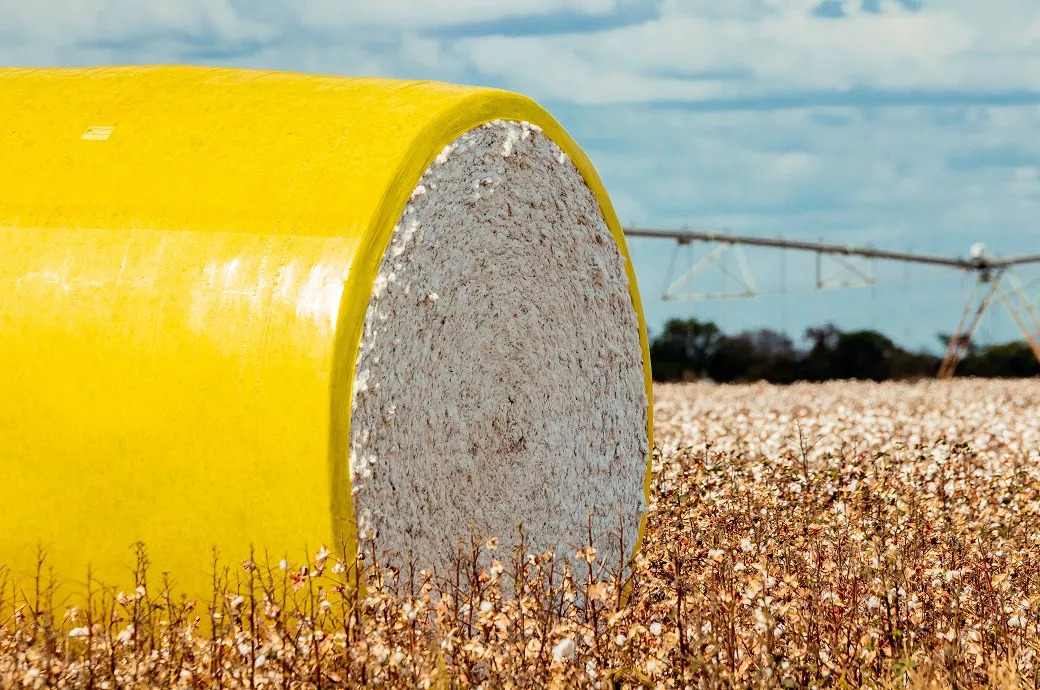During the third quarter, nylon 6 chip capacity in China increased by 20.6 per cent. Consumption of nylon textile filament and staple fiber tumbled in 2019 while that of engineering plastic and film only grew moderately.
From January to August 2019, nylon 6 chip imports reduced by 11.2 per cent. The proportion of imports from Taiwan fell from 42.2 per cent to 21.4 per cent. As for the significant decrease in China’s imports from Taiwan, it was mainly due to the fact that China started production of huge volumes of new high-speed spinning chips. So with much cheaper prices (also considering transportation fees, shipment terms etc.), nylon 6 chips produced in the Chinese mainland replaced those from Taiwan gradually. Imports from Russia and South Korea decreased slightly. However, imports from Thailand, Saudi Arabia and Malaysia increased significantly, and imports from Vietnam, Belarus, and Germany increased slightly. Thailand surpassed Russia and became the second largest source of nylon 6 chip imports for China. There was also notable growth from Saudi Arabia. In the second half of 2018, imports from Saudi Arabia expanded significantly.
Should this trend continue in future, new caprolactam plants will open and the cost of feedstock will fall further.
Nylon 6 chip capacity in China up 20 per cent
- 1
- 2
- 3
- 4
- 5
- 6
- 7
- 8
- 9
- 10
QCO rollback and export boost, the two-step formula powering India’s textile com…
November 12, 2025, could go down as a watershed date in India’s textile history. In a single day, the government... Read more
Cotton's Comeback: Brazil's blueprint for a natural fiber renaissance
The global textile industry operates on an assumption: natural fibers are nearing their ceiling of growth, with future demand almost... Read more
India's $2.92 bn export surge drives focus on performance, policy at Techtextil …
In line with its momentum to establish itself as a global textile manufacturing powerhouse, India is accelerating its focus on... Read more
Fashion’s new equation, profits meet planetary limits at Lisbon’s Textile Exchan…
The Textile Exchange Conference 2025, held under the theme ‘Shifting Landscapes’, marked more than another industry meet-up; it was a... Read more
India Scraps QCOs on Polyester, Polyester Fibre: A level playing field or domest…
In a major policy reversal, the Ministry of Chemicals and Fertilizers, through a notification in the Gazette of India dated... Read more
Is secondhand fashion the new fast fashion?
The fashion industry has long touted secondhand shopping as a silver bullet for sustainability, a movement that redefines style through... Read more
Source Fashion 2026: Championing collaboration to drive sustainable supply chain…
Europe’s premier fashion sourcing show, Source Fashion, is set to double down on the power of collaboration for its upcoming... Read more
Bharat Tex 2026: A premier event for the global textiles and apparel industry
A key consortium of leading Export Promotion Councils (EPCs) and industry associations, the Bharat Tex Trade Federation (BTTF) is set... Read more
Global Sourcing Expo: Offering an unparalleled access to international manufactu…
The highly anticipated Global Sourcing Expo is set to return to the Melbourne Convention and Exhibition Center from November 18,... Read more
The Soulful Stitch: Why ‘High-End’ Italian craftsmanship relies on ‘Happy Tailor…
A fascinating look into the labor practices of high-end Italian craftsmanship revealed a revolutionary philosophy at the recent 'Italian Fashion... Read more












